Jabalpur, Madhya Pradesh – Perched on a hilltop near the scenic Dhuandhar Falls in Bhedaghat, the Chausath Yogini Temple is the largest of its kind in India and a striking relic of the Kalchuri dynasty’s architectural grandeur. Constructed in the 10th century, this circular temple offers breathtaking views of the Narmada River and the surrounding landscape. Its unique design is even believed to have inspired the architecture of the Indian Parliament building, though no historical record confirms this.
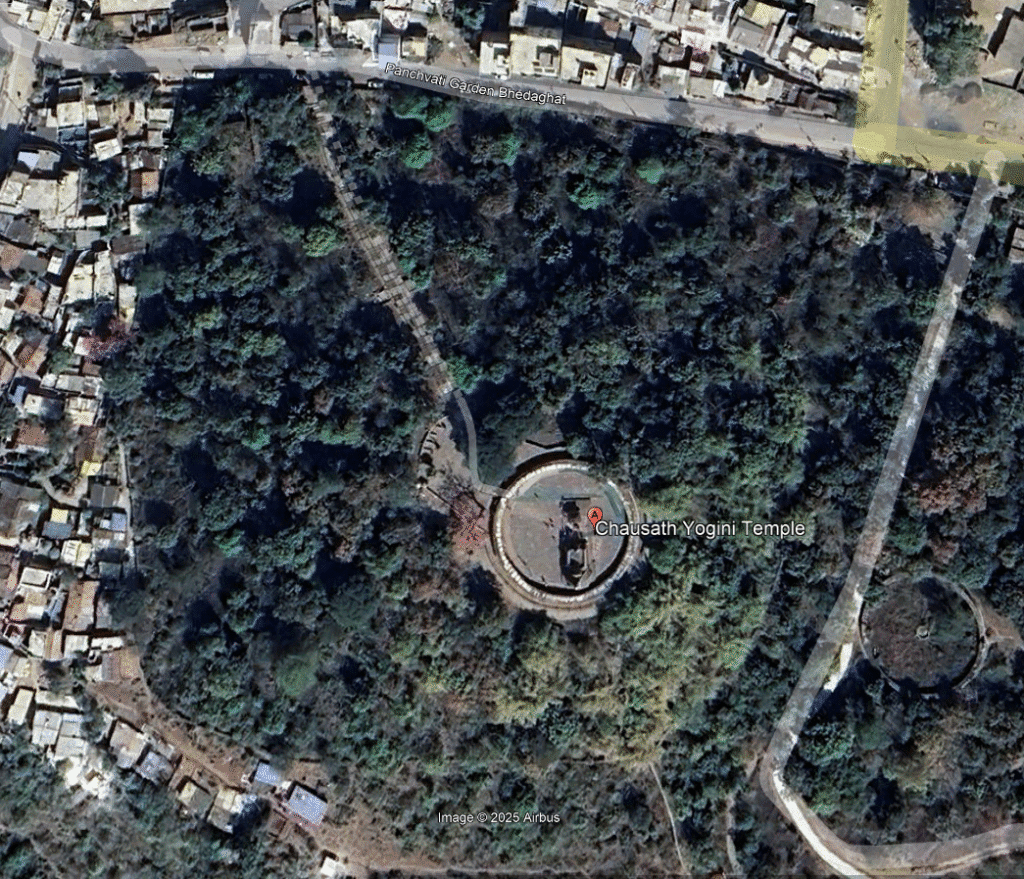
The Mystique of the Yogini Cult
The Yogini cult, shrouded in secrecy, flourished between the 9th and 12th centuries CE. Its rituals were known for their exclusivity, with initiation rites preventing outsiders from learning sacred practices. Historical accounts link the Yogini cult to two main sects—Kaula and Kapalika—often involving esoteric rites, symbolic sacrifices, and tantric worship.
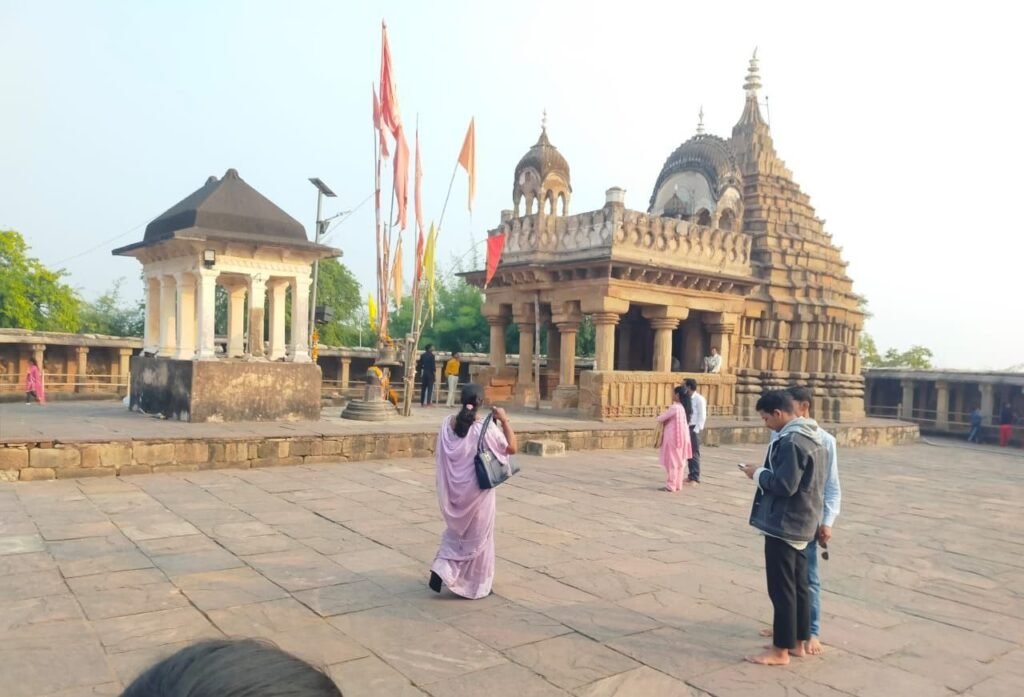
In sacred texts like the Skanda Purana and Agni Purana, Yoginis are depicted as mystical attendants of Goddess Durga or Parvati, often associated with supernatural powers, forests, and cemeteries. The Rudra Upanishad recounts Lord Shiva summoning Sapta-Matrikas (seven mother goddesses) to aid him in battle, a symbolic link to the Yoginis’ fierce, protective role in mythology.
Architectural Grandeur
The Chausath Yogini Temple stands out for its open-to-sky design—unlike most Hindu temples with covered sanctums. The circular cloister is 116 feet in internal diameter and 131 feet externally, with 84 pillars forming 81 small shrine cells and three entrances. These shrines were originally meant to house Yogini statues, alongside other deities such as Ganesha and Shiva.
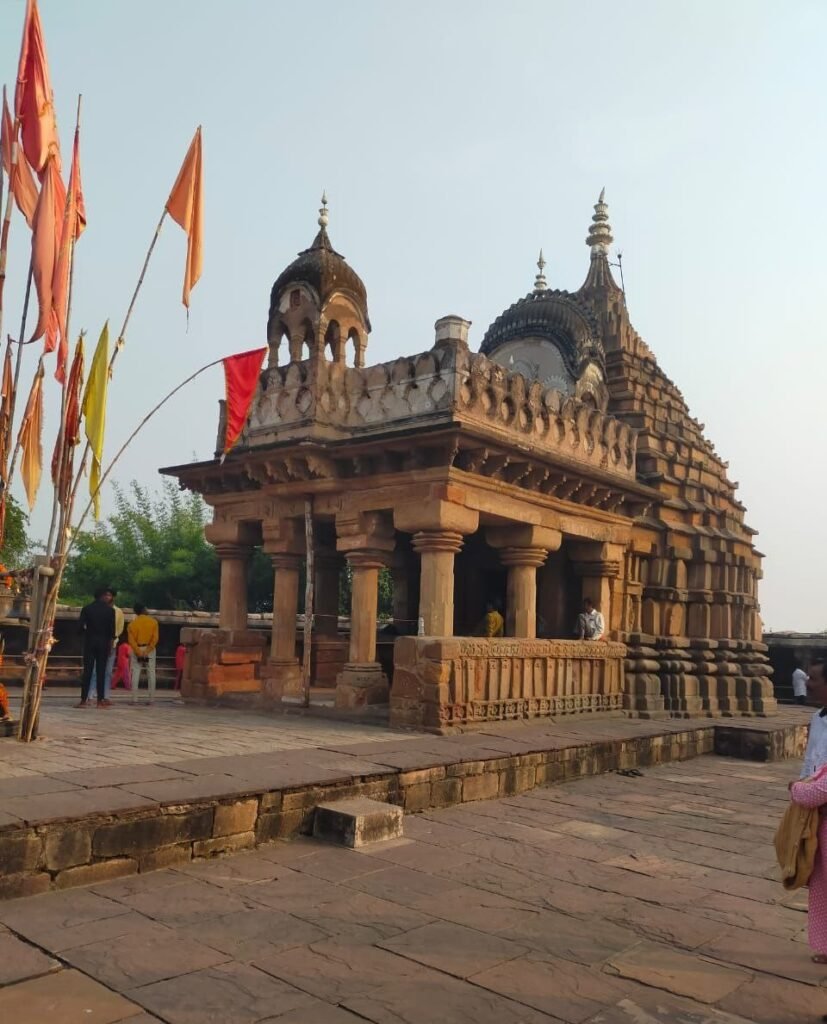
Inside the main shrine, the focal image is of Lord Shiva with Goddess Parvati seated on Nandi, believed to represent Shiv-Parvati Vivah (the divine marriage). The temple’s granite structure bears resemblance to Khajuraho temples and reflects both religious symbolism and artistic mastery.
Historical Insights and Debates
Archaeological studies suggest that while the main circular temple dates to the Kalchuri period, the adjacent Gauri-Shankar Temple may have been added later, around 1155 CE, possibly by Queen Alhanadevi. Some inscriptions and architectural clues indicate that the Yogini temple might predate the Gauri-Shankar shrine.
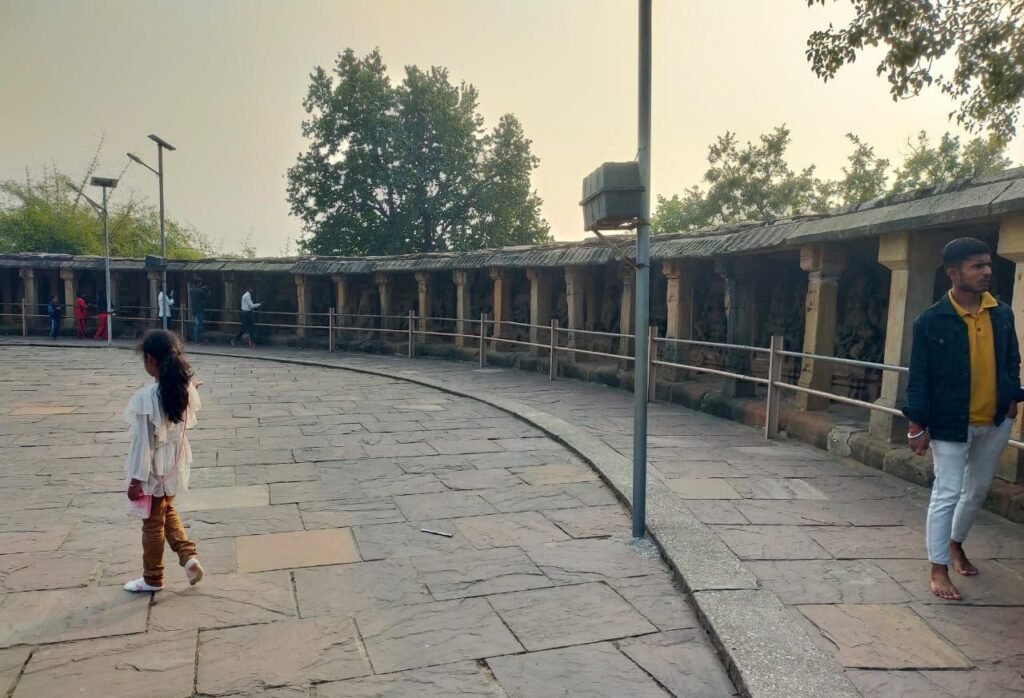
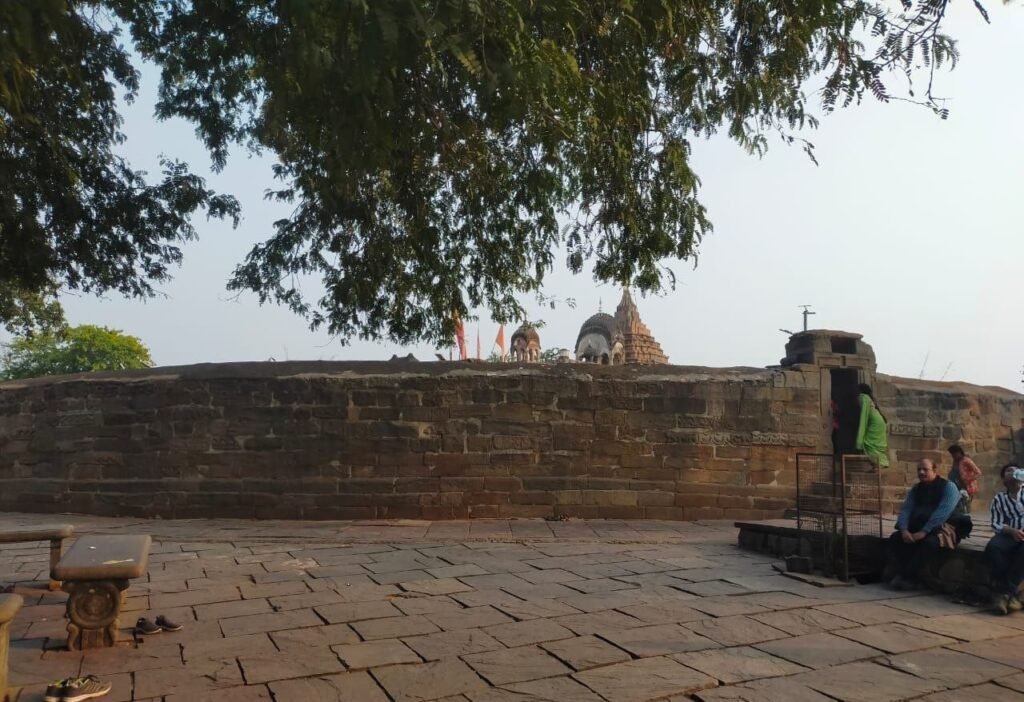
Chausath Yogini Temple of Jabalpur | TheAPN
Interestingly, scholars debate the temple’s original capacity. While some believe it was meant for 64 Yoginis, others argue for 81, citing references from the Matottara Tantra. This discrepancy could be due to missing statues or later modifications.
Kushana Period Influence
Archaeologists have also discovered Kushana-era statues within the temple, suggesting that some earlier sculptures were incorporated into the later Kalchuri construction. This blend of styles reflects the site’s layered history and continuous use across centuries.
Cultural and Historical Importance
The Chausath Yogini Temple is not only an architectural masterpiece but also a rare surviving witness to India’s tantric and Yogini worship traditions. Though the cult eventually faded by the 16th century, the temple stands as a testament to an era where spiritual mysticism, mythology, and monumental architecture intertwined.
UNESCO Recognition and Tentative World Heritage Nomination
In March 2025, the Chausath Yogini Temples— including the Jabalpur shrine—were added to UNESCO’s Tentative List of World Heritage Sites as part of a serial nomination of 13 such temples across India. This inclusion acknowledges their Outstanding Universal Value (OUV) under two criteria:
- Criterion (iii): A unique testimony to ancient yogic and tantric traditions between the 9th–12th centuries, highlighting goddess-centered worship distinct from mainstream Hinduism.
- Criterion (iv): Their innovative circular, hypaethral (open-air) architecture integrated with natural surroundings exemplifies early medieval India’s architectural ingenuity.
The nomination emphasizes architectural uniqueness, intricate iconography, and cultural continuity, with ongoing worship during festivals like Navratri. The temples are protected monuments under the Archaeological Survey of India (ASI) and safeguarded by the Ancient Monuments and Archaeological Sites and Remains Act. UNESCO stresses the need for site-specific management plans, regular monitoring, conservation of stone carvings, and community engagement for long-term preservation.
Also Read: Pandu Pindara and the 48 Kos Kurukshetra Circuit: Reviving Haryana’s Sacred Geography
